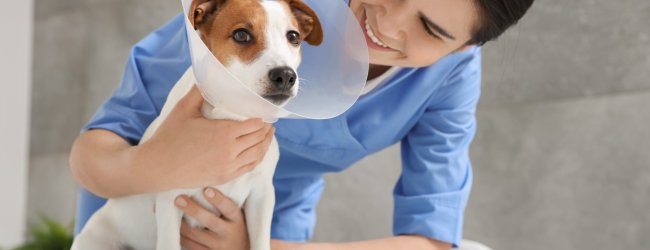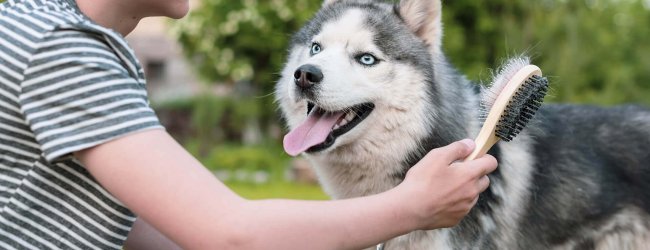How To Manage The Sleep Startle Reflex In Dogs
If they've ever growled, lunged, or snapped at you when woken up - that's the sleep startle reflex in dogs. Here's what it is & how to deal.
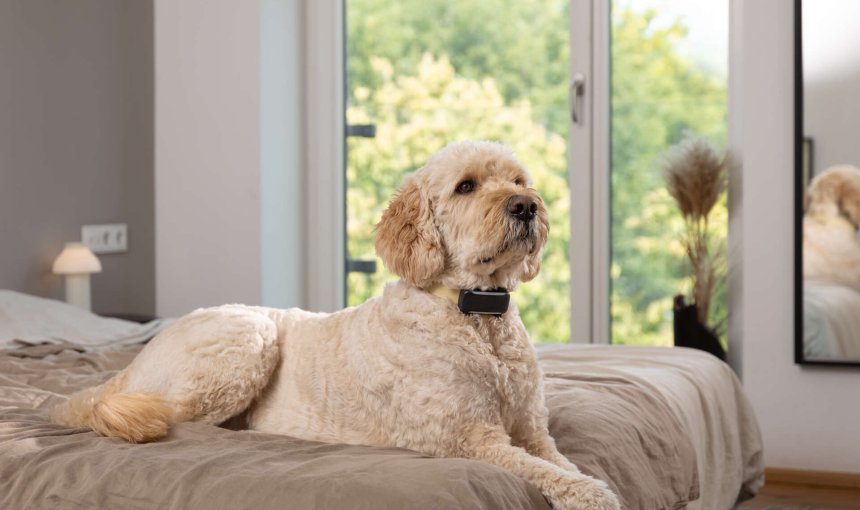
You’ve likely heard your dog twitch and whimper in their sleep – maybe even let out a little bark. But then, you accidentally nudge them, or a sudden noise startles them awake, and bam – you’re met with a growl, a snap, or a panicked lunge. What just happened? Turns out, it’s just the sleep startle reflex in dogs. Here’s why it happens, how you can manage it, and where a smart tracker with Health Monitoring (including Sleep Tracking) can pitch in.
Key Takeaways
The sleep startle reflex is an involuntary, protective response when dogs are abruptly woken, often leading to growling or snapping due to disorientation.
Managing the reflex involves respecting their sleep, creating a safe environment, teaching a gentle wake-up cue, and educating children.
A smart dog tracker like Tractive can help you monitor your dog’s sleep patterns and vital signs, helping you avoid disturbing them during deep sleep or catching on to health issues early.
Understanding the sleep startle reflex in dogs
If your dog has ever growled, lunged, snapped, or even bitten you or someone else when woken up, it’s likely due to their sleep startle reflex. (Yes, you really should let sleeping dogs lie sometimes!) Even a light touch can trigger this reflex. Which can be pretty scary to deal with if you have kids, older folks, or even people with disabilities at home.
Dogs also enter Rapid Eye Movement (REM) sleep quicker than humans. When jolted from a deep sleep, your dog is most likely disoriented, maybe a bit grumpy, and definitely not thinking straight. The sleep startle reflex in dogs also means a more pronounced physical reaction because of their instincts. It’s essentially an involuntary, protective response to being abruptly awakened. Their primitive brain kicks in, interpreting the sudden disturbance as a potential threat.
Why is my dog so aggressive when woken suddenly?
In a nutshell, it all comes down to your dog’s primal instincts. Wild dogs tend to startle reflexively when disturbed from sleep as well. In many ways, your dog isn’t too different. In the wild, animals just have seconds to decide if they’re dealing with a threat or not. So it makes sense for them to snap out or lunge on instinct when disoriented like this.
Imagine your dog is deep in REM sleep, possibly dreaming vividly. Their brain is processing information, their muscles might be twitching. Then, poof, they’re suddenly awake, but their brain hasn’t quite caught up. They don’t immediately recognize their surroundings, or even you, their beloved human. In that fleeting moment of confusion, their instinct tells them to defend. They might snap or growl as a warning, a way to say, “Back off, I’m scared and confused!” It’s not a premeditated attack; it’s a reactive, almost unconscious defense mechanism. This is particularly common in dogs who are naturally a bit more anxious or have a history of feeling insecure.
This isn’t about your dog being “mean” or suddenly aggressive. It’s an instinctual “fight or flight” response. Which gets triggered by disorientation and a perceived danger. When they’re in a deep sleep, your dog’s senses are dulled, and they’re vulnerable. A sudden touch or loud noise can throw them into a state of confusion and panic. (Leading to that unexpected lunge or growl.) They’re just not fully awake yet. And their immediate reaction is to protect themselves.
💡A smart dog tracker with Health Monitoring can help you monitor your dog’s sleep – including how much deep sleep they’re getting. So you can adjust their sleep environment to avoid disturbing them around these times.
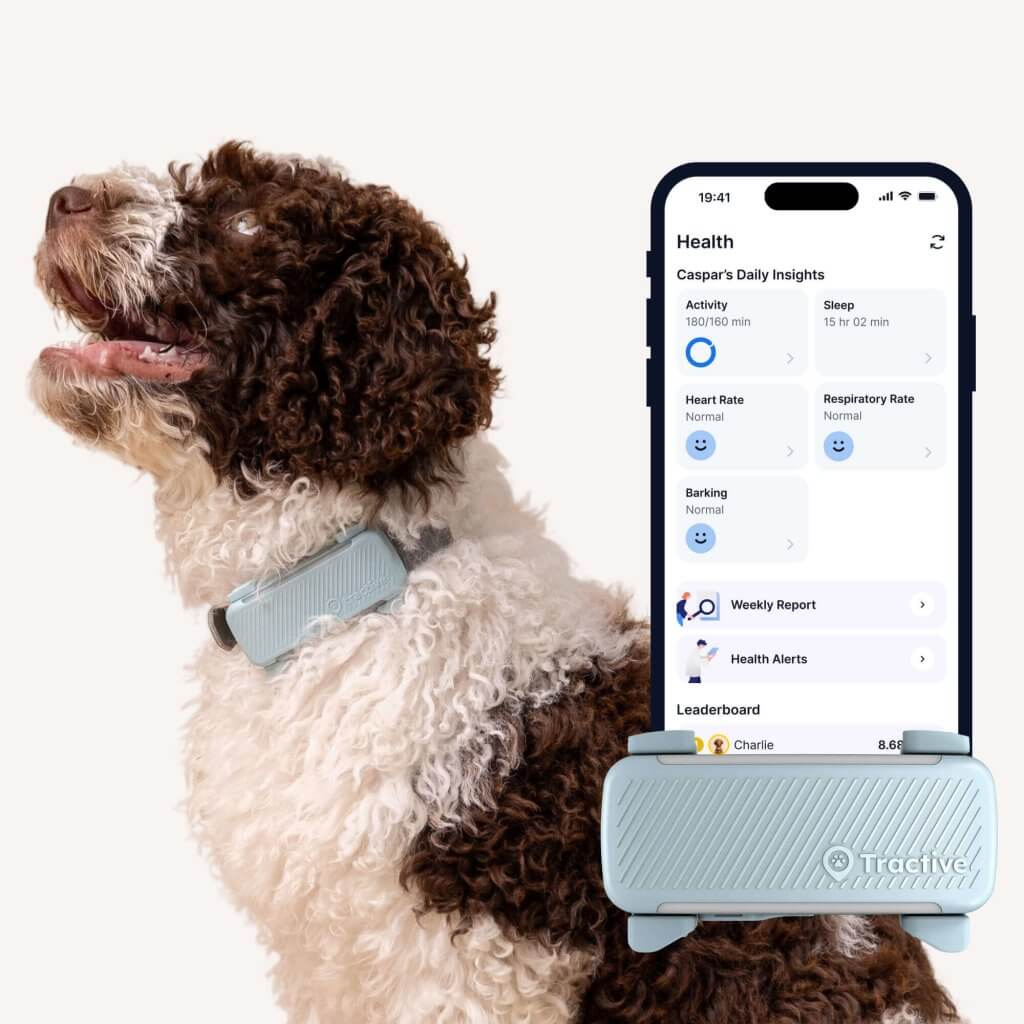
Get health alerts for your dog
Our pups can’t always tell us if something’s wrong. But if their tracker detects unusual changes in their routine, you’ll get an alert, helping you catch potential issues early.
How you can manage your dog’s sleep startle reflex
First and foremost, respect their sleep. Avoid startling your dog awake. If you need to wake them, do so gently. Speak softly from a distance, or gently rustle their bed to gradually bring them back to consciousness. Avoid sudden touches, especially on their face or back, which can be particularly jarring.
Next, create a safe and undisturbed sleep environment. If your dog has a designated sleeping spot, make sure it’s in a low-traffic area where they won’t be constantly bumped or walked over. Consider a comfortable, enclosed bed or a crate if they prefer a den-like space. This sense of security can help them feel less vulnerable while they sleep.
Teach your dog a gentle “wake-up” cue. This can be a soft word like “Morning!” or a gentle sound. Pair this cue with a positive reward (like a small treat) when they wake up calmly. This helps them associate waking up with something positive and predictable, reducing the element of surprise. Else, when your dog’s awake, you could teach them that being tapped on the forearm or shoulder means they get a treat. Gradually, you could teach them the same when asleep.
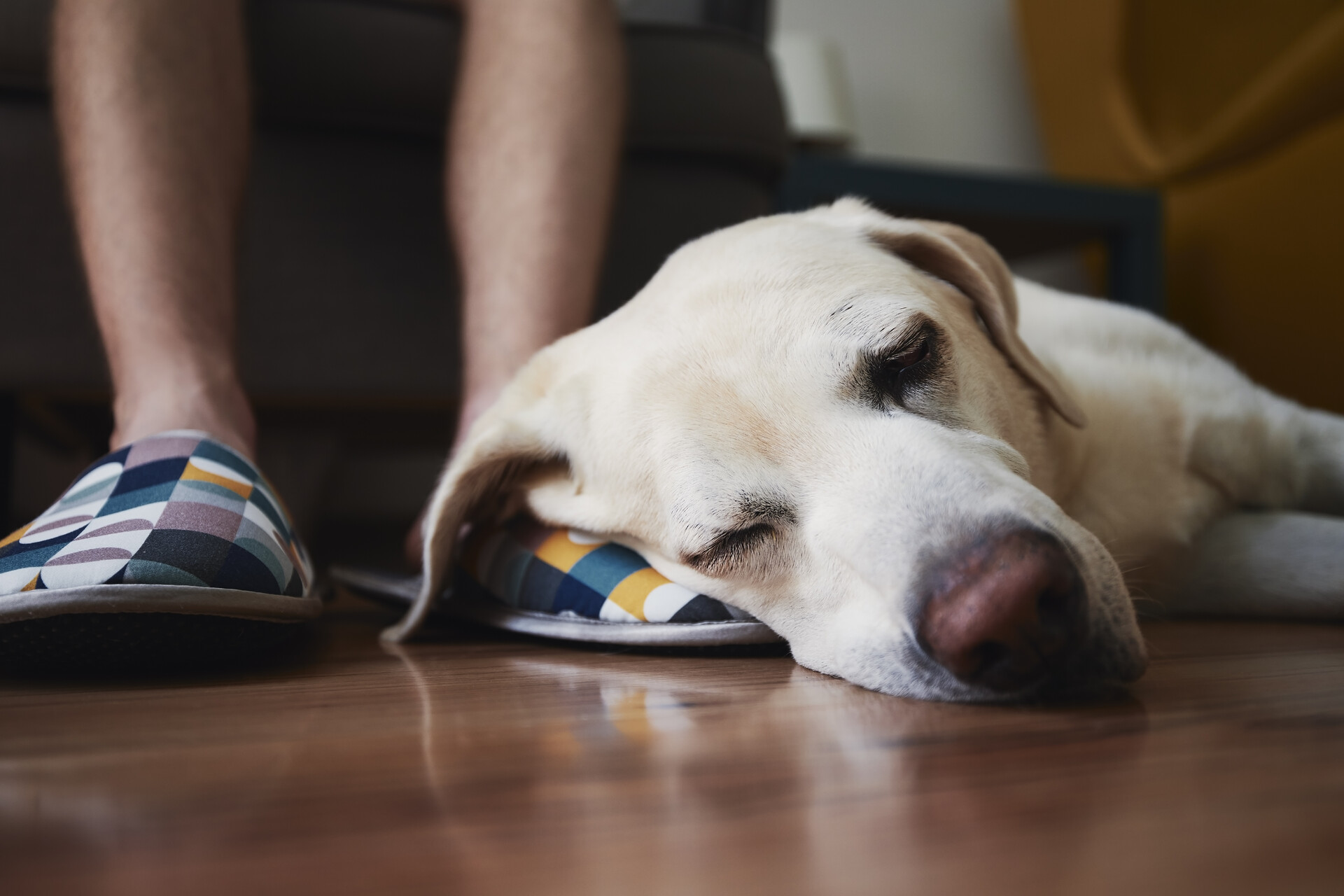
If you have children in the house, it’s absolutely vital to educate them about respecting your dog’s sleep.
Your kids might be tempted to poke or jump on a sleeping dog. Explain to them that the dog needs their rest and that startling them can be scary for the dog and potentially lead to a nip. Supervise any interactions closely.
For dogs who have a very strong sleep startle reflex, or if the behavior seems to be escalating, get in touch with you vet. They can best advise you whether it makes sense to consult with a certified professional dog trainer or a veterinary behaviorist. They can help you develop a tailored plan, identify any underlying anxiety issues, and provide guidance on counter-conditioning techniques.
Where a smart dog tracker can step in
Keeping track of your dog’s sleep can be difficult. Even more so if they’re experiencing sleep disturbances that might trigger their sleep startle reflex. That’s where technology can lend a hand. Like, for example, a smart dog tracker with Health Monitoring – like Tractive.
Strapped to your dog’s collar, you can now:
- Track your dog’s sleep
With its built-in motion detector, your Tractive device helps you monitor your dog’s sleep patterns. I.e., how long they’re sleeping, periods of deep sleep (which is when the sleep startle reflex in dogs tends to show up the most), or spot any changes in their sleep cycles. If you see your dog is consistently getting very deep, uninterrupted sleep, you’ll know to be extra cautious when approaching them. On the other hand, if their sleep patterns are disrupted, it might indicate underlying discomfort or anxiety. Which could result in a heightened startle response. - Monitor your dog’s vital signs
Like your dog’s breathing and heart rate. These signs can provide important clues about your dog’s overall health. If they’re elevated or lower than usual, it could indicate an underlying health issue that could be disrupting your dog’s sleep. This can make them more reactive when startled. - Spot potential health issues early
Your trusty Tractive device keeps track of your dog’s sleep quality and activity levels over time – and sends you a Health Alert if there’s a weird change. (Like a change in your dog’s sleeping minutes or a drop in their activity.) Which can be potential health red flags, so you can take action and get them to a vet for a checkup in advance.
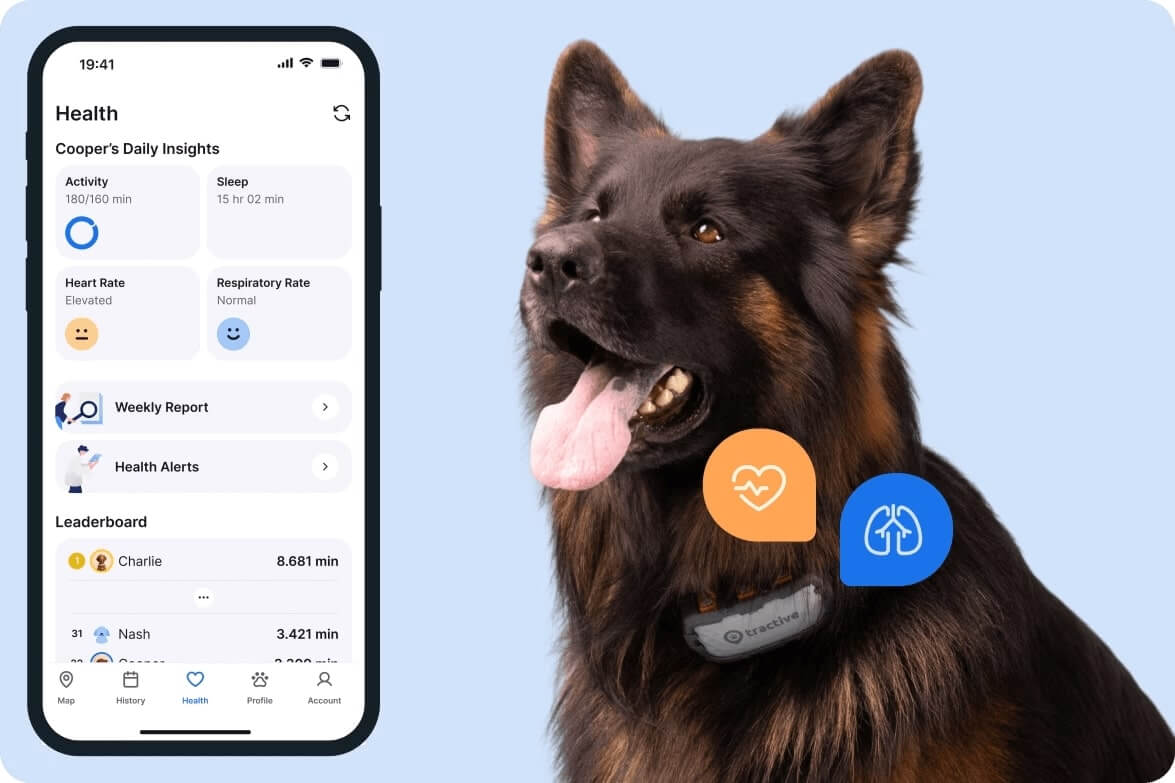
Using a smart dog tracker provides a little insight into your dog’s nightly world. Knowing when they’re in their deepest slumber allows you to be more mindful of avoiding disturbances. And by observing their overall health and activity trends, you can ensure they’re in tip-top shape, which generally leads to a more relaxed and less reactive pup.
Ultimately, understanding the sleep startle reflex in dogs is about empathy and patience. It’s a reminder that our furry friends are complex creatures with their own instincts and vulnerabilities. By being mindful of their sleep, creating a safe environment, and using a smart dog tracker to better understand their health and well-being, you can ensure neither of you are missing out on your 8 hours.
And if you’ve liked this post, share it with a friend or a loved one – and let’s help build a safer, kinder world for our furry friends together. Sleep tight!
